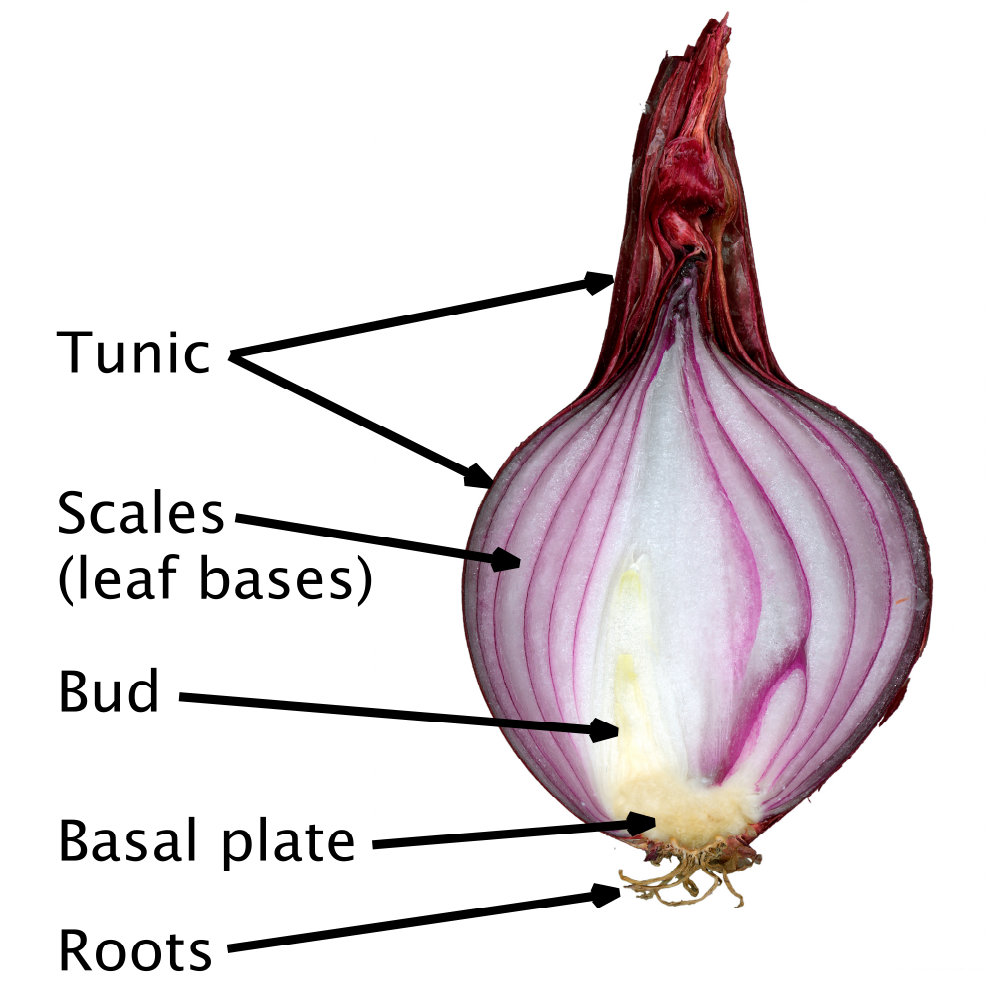The Complete Guide to Bulbs: Nature's Hidden Powerhouses in Medicine and Nutrition
Bulbs have played an essential role in both traditional medicine and culinary practices for centuries. From their health-boosting properties to their culinary versatility, bulbs are a vital component of natural remedies and everyday diets around the world. Some well-known examples of bulbs include onions, tulips, narcissus, daffodils, lilies, scilla (squill), and the widely celebrated garlic. Interestingly, while garlic is commonly thought of as a bulb, it is technically a corm, a distinction often overlooked but significant in botanical terms.
Bulbs in Natural Medicine
For millennia, bulbs have been revered in traditional herbal medicine for their anti-inflammatory, antibacterial, and antioxidant properties. Garlic, for example, has been extensively studied for its ability to lower blood pressure, reduce cholesterol, and support immune function. Similarly, onion bulbs are rich in compounds that may reduce inflammation and improve heart health. Lesser-known bulbs like scilla (squill) have been used in respiratory remedies, showing the vast medicinal potential of these underground powerhouses.
Bulbs in Culinary Traditions
In addition to their medicinal uses, bulbs have been a dietary staple across various cultures. Common ingredients like onions and garlic are found in countless recipes, praised not only for their flavor but also for their nutrient density and health benefits. But did you know that tulip bulbs can also be used as a nutritious food? During times of scarcity, tulip bulbs have been consumed as an emergency food source due to their carbohydrate-rich layers.
What Is a Bulb?
A bulb is a type of underground modified stem designed to store food for a plant, ensuring it can survive and thrive in adverse conditions. Typically, bulbs are vertical in orientation, and their structure consists of layers of modified, starchy leaves that store nutrients to support the plant's growth cycle. This unique adaptation allows bulbs to flourish in different climates and environments, contributing to their widespread use in natural medicine and culinary traditions.
The Nutritional and Health Benefits of Bulbs
Bulbs are packed with essential nutrients, including vitamins, minerals, and antioxidants that contribute to overall well-being. Garlic and onion, for instance, are known for their immune-boosting and detoxifying properties, making them excellent choices for supporting your health. Incorporating bulbs into your diet can aid in improving digestion, enhancing heart health, and even providing antimicrobial protection.
Lesser-Known Medicinal Bulbs
Beyond garlic and onions, bulbs like lilies, narcissus, and squill are often used in herbal formulations for specific health concerns. For example, lily bulbs have long been used in Traditional Chinese Medicine (TCM) to moisturize the lungs, soothe coughs, and promote restful sleep. Squill has been used for its expectorant properties, making it beneficial in treating bronchitis and other respiratory issues.
The bulk herbs which we offer in bulk form are:
Lily Bulb Fritillary Bulb Garlic Granules

Parts of a Bulb

Tunic – A paper like covering that protects the bulb.
Scales – Are modified leaves that store nutrients for the plant.
Bud – Immature plant.
Basal Plate – Is the bottom of the bulb. The roots emerge from the basal plate.
Roots – Collect water and nutrients for the plant. Help anchor the plant into the ground.
Corm
A corm is usually referred to as a bulb, but it is not a true bulb. Corms are solid and do not have layers like a bulb does. Instead, it has swollen segments that store food for the plant. These segments are housed in a bulb shaped base stem. Examples of corms include garlic, gladiolas, crocus, and tuberous begonias.
The plant bulb consists of different parts, each performing a vital function in the plant's life cycle. The basal plate firmly secures the bulb in the soil, serving as the anchor for root attachment. The surrounding scales provide protection for the inner tissues and store essential food reserves. At the heart of the bulb, is the shoot apical meristem. The shoot apical meristem is a crucial region of plant growth found at the tips of shoots and branches. This specialized tissue is responsible for producing new cells that lead to the development of leaves, flowers, and stems. Through a process called cell division, the shoot apical meristem plays a vital role in controlling the overall growth and architecture of the plant. Its ability to continuously generate new tissues allows the plant to adapt to its environment and respond to various stimuli, ensuring proper growth and development.
© 1stChineseHerbs.com
Reference
http://extension.illinois.edu/bulbs/bulbbasics.cfm
http://www.medplants.net/tulip
https://en.wikipedia.org/wiki/Ornamental_bulbous_plant
https://en.wikipedia.org/wiki/Yellow_onion
https://pixabay.com/en/flowers-bulbs-tulips-daffodils-2611/
https://en.wikipedia.org/wiki/Narcissus_poeticus
http://www.paynes.com/what-grows-here/bulbs-corms-tubers/
https://en.wikipedia.org/wiki/Ornamental_bulbous_plant
http://extension.illinois.edu/bulbs/bulbbasics.cfm
https://commons.wikimedia.org/wiki/File:Crocus_sieberi_-_tricolor.jpg
http://www.jphotostyle.com/g/garlic.html
Images used were found in a search for an image licensed for reuse on 4-2-2016
Images used where found ina search for images with a "free to use" license on 4-4-2016.
